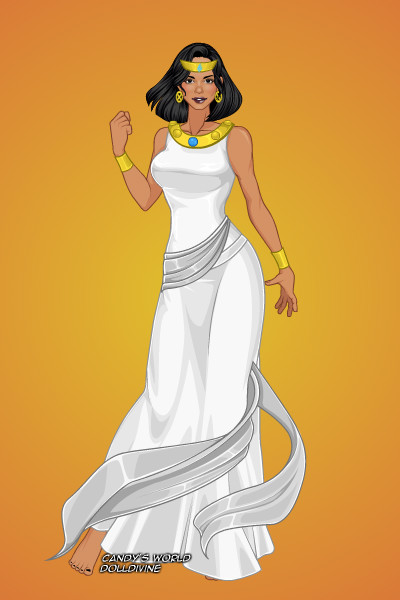Friend of mine who joined a Ancient Greek Society as a Athenian Sythian Archer (claimed big advantages were trousers and not having to lung huge great shields around) and likes odd wargames armies with links to his beloved Sythians recently sent be a photo of a coin showing the goddess Dacia carrying a standard which is on the "surpressed histories website".
I attach the wording for info of brave Roman's in RIB who may be looking to help pay for re-building of Rome via Dacian gold mines. Seems you have to keep an eye out for very large snakes or Dragons
_____________________________________________________________________________________________________________________________
Dacia as a goddess holding the wolf-dragon staff of the Dacian and Sarmatian tribes. Dacia is the ancient name for what later became known as Romania, after the conquerors. Its language was superseded but left its flavor in Romanian, which has a very different flavor that the other Romance languages. This is a coin of Trajanus Decius, 251 CE (who named himself after the Roman conqueror of Dacia, after his military expedition there to fight the Goths).
"The Dacian Draco was the standard ensign of troops of the ancient Dacian people, which can be seen in the hands of the soldiers of Decebalus in several scenes depicted on Trajan's Column in Rome, Italy. It has the form of a dragon with open wolf-like jaws containing several metal tongues. The hollow dragon's head was mounted on a pole with a fabric tube affixed at the rear. In use, the draco was held up into the wind, or above the head of a horseman, where it filled with air and gave the impression it was alive while making a shrill sound as the wind passed through its strips of material.
"Draco (Latin) and Drakon (Greek) mean "serpent", "dragon". The root of these words means "to watch" or "to guard with a sharp eye". It is a derivative of Greek drakōn “gazing".
...
"According to Saxon ethnographer Teutsch, Transylvanian Romanians may have inherited something of the "snake-cult" of the ancient Dacians, who are known to have had a dragon (or snake) as a "victory banner". He mentions that some doorknockers are shaped like snake heads (protective ones in this case). Furthermore, in Romanian villages in the Brașov's region surveyed by Teutsch, the vaults of certain gates bear snakes carved in the shape of garlands with their ends representing the "sun-wheel".
According to historian Vasile Pârvan, the Dacian war flag, representing a wolf with a serpent's body, depicted the balaur. The balaur is not identical to the other creature of Romanian myth, the zmeu [literally, “serpent"]. The biggest difference is that the zmeu, even if it has some lizard features, nevertheless is a human-like figure, while the balaur is the true form of the dragon. Usually, in all Romanian myths, legends and fairy tales, the balaur always has three, five, seven, nine or twelve heads. The balaur sometimes is a malefic figure, but most of the times is a neutral figure, guarding various places, objects or knowledge.
"Also, in various myths and lore, there will be a series of dragons that have to be defeated in order to obtain the precious objects or entrance to the guarded places, usually three dragons, with scales of iron, silver and respectively gold, or silver, gold and respectively diamond, each stronger than the previous one, the number of their heads increasing with the difficulty. Some motifs developed in the folk tradition that defines the snake as protective of the household correspond, to some extent, to the interpretation of a protective Dacian "Dragon" symbol.
https://www.wikiwand.com/en/Dacian_Draco








